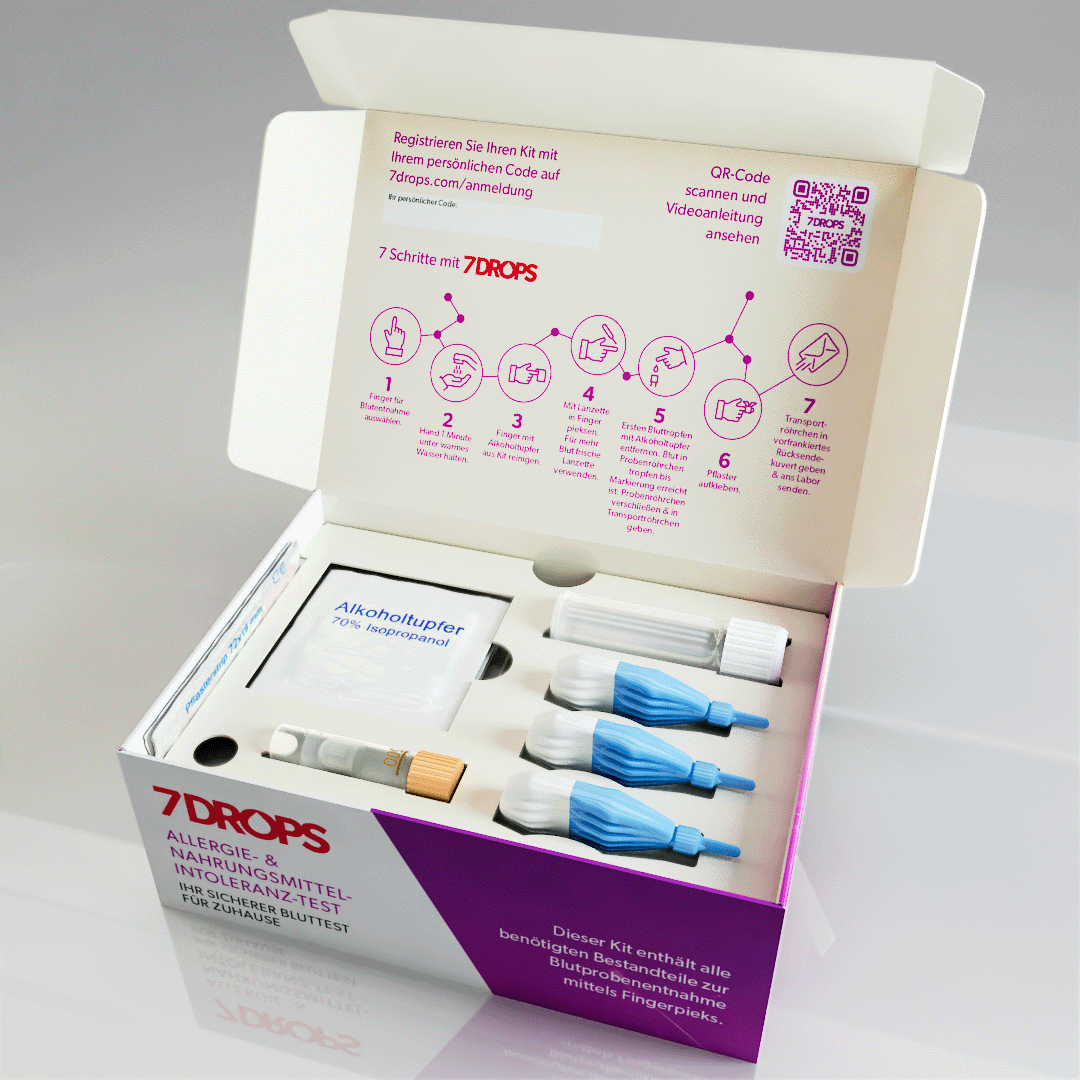The main goal for every allergy sufferer is keeping their symptoms in check and maintaining a good quality of life despite their chronic condition. Traditional therapeutic methods include medication, such as antihistamines, nasal corticosteroid sprays, or topical creams to ease symptoms when they occur.
Forms of immunotherapy
The different forms of immunotherapy can be divided into four categories related to the method of administration: subcutaneous, sublingual, oral and transdermal.
Subcutaneous immunotherapy (SCIT)
SCIT is colloquially known as allergy shots. For this method, a medical professional will administer injections containing an allergy extract to the patient.
Injections are administered in two phases: the build-up and the maintenance phase. During the build-up phase, shots are given weekly with the amount of allergens increasing gradually over three to six months. In the maintenance phase, injections are given monthly for a period lasting in between three to five years.
Though very rare (1 in 8 million), it is possible for patients undergoing SCIT treatment to experience a fatal anaphylactic event. (link)
Sublingual immunotherapy (SLIT)
For SLIT, allergists put allergen extracts under the patient’s tongue in the form of drops or tablets. Patients absorb the allergens through the lining of the mouth.
The first dose is taken in an allergist’s practice while a medical professional monitors for rare adverse reactions or anaphylaxis. Patients can take the subsequent doses at home. SLIT showed highest efficacy against grass pollen and mite allergens and alleviates symptoms such as allergic rhinitis.
Oral immunotherapy (OIT)
Allergists use OIT to treat food allergies. Patients are fed increasing amounts of a food allergen with the goal to raise the threshold triggering an allergic reaction. OIT comes with an increased risk of adverse reactions requiring epinephrine
Transdermal immunotherapy (TDIT)
For TDIT, allergists apply an antigen onto the surface of the skin to raise the threshold triggering an allergic reaction.
Allergen extracts for immunotherapy are commercially available for most the most frequent allergens, such as grass, tree and weed pollen, dust mites, and insect venom. The efficacy of the treatment depends on the quality of the allergen extracts used.
Indication for allergen-specific immunotherapy
Not every allergy patient will benefit from AIT. Patients suffering from allergic rhinitis and conjunctivitis, and/or allergic asthma with evidence of IgE antibodies to clinically relevant allergens usually benefit from it.
Candidates who will likely benefit from allergen-specific immunotherapy include patients who
- suffer from allergic rhinitis/conjunctivitis, allergic asthma, and hypersensitivity to insect venom
- experience symptoms that cannot be controlled well through medication or limiting exposure to the allergen
- require a high dose or multiple kinds of medication to control their condition
- experience adverse effects from their medication
- are looking to avoid long-term therapy through medication
Candidates not suitable for allergen-specific immunotherapy include patients who
- are suffering from severe or uncontrolled asthma
- have significant co-morbid diseases such as cardiovascular disability
- receive beta-blockers (risk of treatment-resistant anaphylaxis)
Special considerations come into play for children below the age of six, pregnant women, elderly people as well as patients suffering from immunodeficiency and/or autoimmune diseases.
Immunotherapy has proven to be effective and well tolerated in children, but cooperation with the immunotherapy regimen involving regular injections could pose difficulties.
Pregnant women and patients suffering from autoimmune diseases usually do not start a new immunotherapy regimens. However, pregnatn women can continue immunotherapy in case they became pregnant after the start of the regimen.
For elderly patients, allergists must consider co-morbid medical conditions. Co-morbidities increase the risk of experiencing adverse reactions while receiving immunotherapy.
How effective is allergen-specific immunotherapy?
Evidence for the efficacy of AIT depends on the trigger allergen as well as the allergic condition.
Insect venom
Immunotherapy has proven to greatly improve the protection against Hymenoptera (bees, wasps, hornets, ants, etc.) stings, and reduces the risk of systemic reactions with an efficacy of up to 98%. After completing immunotherapy for insect venom, patients have a residual risk of approximately 5% of experiencing systemic reactions, but they are typically mild in nature.
Allergic rhinitis
Patients suffering from allergic rhinitis (hay fever) and conjunctivitis caused by tree, grass, and weed pollen experience long-lasting beneficial effects even after only 2 years of immunotherapy. Past evidence recommends at least 3 to 5 years of therapy. For children, immunotherapy targeting allergic rhinitis may reduce the risk of developing asthma in the future.
Asthma
Immunotherapy is effective when treating allergic asthma caused by grass, ragweed, dust mites, and pet dander. Studies have confirmed AIT’s efficacy in asthma management by reducing asthma symptoms and improving airway hypersensitivity. AIT might also prevent the onset of asthma in patients suffering from pollen allergy. A study has shown that only 26% of children with a grass and/or birch pollen allergy developed asthma after completing immunotherapy. This stands in opposition to the 45% experiencing asthma who did not previously receive immunotherapy.
There currently is no evidence suggesting that immunotherapy can influence established asthma in adult patients, however.
Atopic dermatitis: Evidence suggests that immunotherapy is effective in the treatment of atopic dermatitis (also known as eczema) if the condition is associated to sensitivity to airborne allergens such as pollen and spores.
Main takeaways for allergy patients
Not every allergy sufferer is a candidate for AIT. Suitable candidates for AIT include patients suffering from allergic rhinitis and conjunctivitis, allergic asthma, a hypersensitivity to insect venom, as well as certain cases of atopic dermatitis.
Patients considering immunotherapy should be aware of the involved benefits, risks, and costs. Patients have to receive immunotherapy in a safe environment (usually a clinic) equipped to deal with possible life-threatening side effects (such as anaphylaxis).





